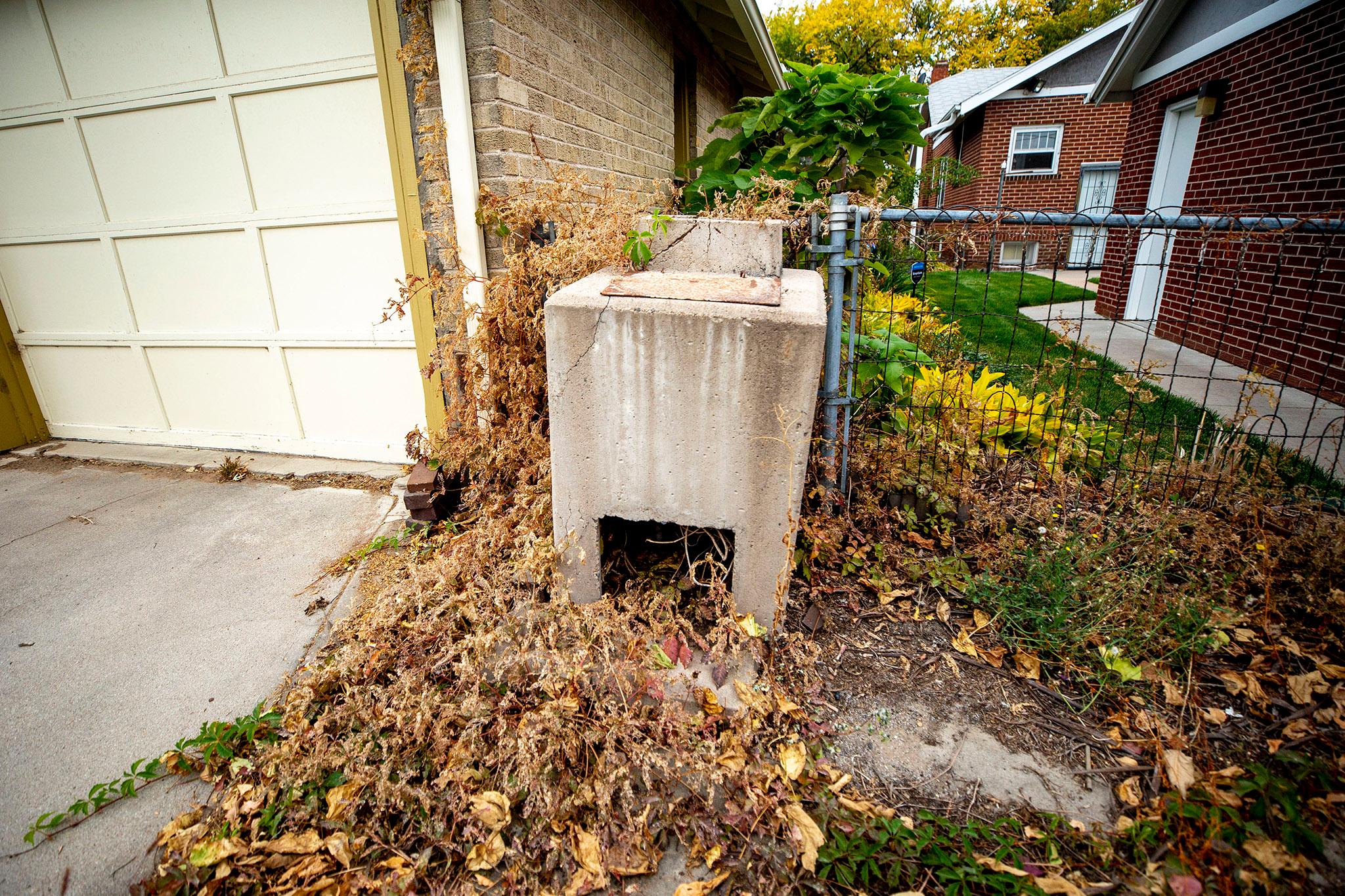If you live in a house that was built in the 1950s or earlier (like me), you may have a piece of Denver history in your backyard. It's probably a concrete basin, no taller than three or four feet, and it probably hasn't been used in 70 years. It's a trash incinerator -- and no, you definitely shouldn't use it to burn anything these days.
Reader Michael Barthelmes wrote in to ask what the deal is with these relics, so let's take a trip down Denver history road.
Do you have a question about Denver? Ask it!
As a species, we've been struggling with our junk for millennia.
According to the folks behind Waste Recycling Workers Week, which is dedicated to the people who help keep our trash out of sight and mind, humanity has been dumping, burning and reusing refuse at least as far back as 3,000 B.C., when residents of Crete dug one of the planet's first landfills.
People buried and burned their garbage for thousands of years, but it wasn't until more modern times that incineration took root on an industrial scale. In the late 1800s, New York City's Governor's Island became home to the nation's first incinerator, necessitated in part by America's burgeoning industrial revolution. By 1914, there were 300 large-scale incinerators active in the U.S. and Canada.
American landfills didn't really appear until the '30s and '40s, after a 1934 Supreme Court ruling banned garbage dumping into the ocean. It would be a few more decades before cities like Denver began to develop systems for dealing with solid waste. The South Platte River, for example, was a regular dumping spot until its trash-filled banks overflowed into city streets during the city's historic 1965 flood. That forced a change in how we used and viewed the waterway.
Today, most of Denver's trash ends up in the Denver Arapahoe Disposal Site - known as DADS dump - out in Aurora. We took a trip out there with a DMNS archaeologist a few years ago to think more deeply about our garbage-generating society.
Early disposal in Denver was pretty informal and residents could just burn stuff...until they couldn't.
The teeny incinerators that can still be found in backyards and alleyways were Denverites' main tool for getting the job done. Gregg Thomas, environmental quality director with the Denver Department of Public Health and Environment, told us the practice contributed to the "brown cloud" of air pollution that lingered over the city for decades.
"You would get a fair amount of deposition back in the heyday, when those incinerators were going on a regular basis," he said. "Wood, plastic, diapers, food. Would you have gotten some potentially nasty stuff coming off of those? Yeah."
But they probably didn't spread a whole lot of chemicals back then, Thomas said. Most of that burning produced particulate pollution similar to the wildfire smoke we suffered through last summer. Those particulates combined with car exhaust and industrial pollution formed the city's problematic haze.
In his research on the topic, Thomas found complaints about Denver's air pollution took off in the 1950s. Like today, city governments had little power to control emissions from cars and industry outside their borders. He found a report from 1964, in which officials tried to send pressure further up the governmental ladder.
"They were advocating that the state and the federal governments really needed to step in and create national laws to really address industrial pollution because there weren't any controls then," he said. "But then the local issue was, what can we control?"
Banning trash burning was a low-hanging fruit that officials could grab to start addressing Denver's air quality problems. They also banned trash burial, like an old practice of bulldozing a demolished house into a basement and building over it, which left the city dotted with unofficial landfills.
Thomas isn't sure exactly when trash burning was banned, but Denver's municipal code points to related regulations written as early as 1950. The city law that stands today states that it's "unlawful for any person to engage in or allow open burning within the city" without a permit, which includes trash incineration and backyard fire pits but excludes "outdoor noncommercial cooking of food for human consumption." Yes, you can still grill, but don't be surprised if one of Thomas' colleagues come to talk to you about your fire pit.
Thomas said Denver's early rule-making made the city progressive compared to the nation as a whole. The Clean Air Act, which helped U.S. cities crush dense human-made smog and saved millions of lives, wasn't signed until 1970.
While many air experts do hail the Clean Air Act as a huge milestone in environmental policy, Denver and the region still struggle to deal with ozone, which is tied closely with car exhaust, and wildfire smoke, which is made worse by climate change. At least we're no longer adding burned diapers to the mix.












